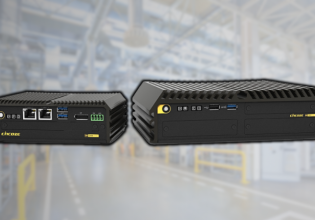Interesting. So are the 3 Maxcess units that use the FL BT EPA bridges the ones you mentioned in your original post that drop out after a few days and the one that lasts a week or two is the one without the FL BT EPA bridge?
Perhaps the Wireshark captures will shed more light on what effect the FL BT EPA bridges are having on the communications that would cause the ProSoft to create multiple connections.
Do any other devices on this network use a FL BT EPA bridge?but after a few days, 3 of the 4 stop listening on ports 80 & 502, eventually after a week or two, the last one also does the same
Perhaps the Wireshark captures will shed more light on what effect the FL BT EPA bridges are having on the communications that would cause the ProSoft to create multiple connections.






